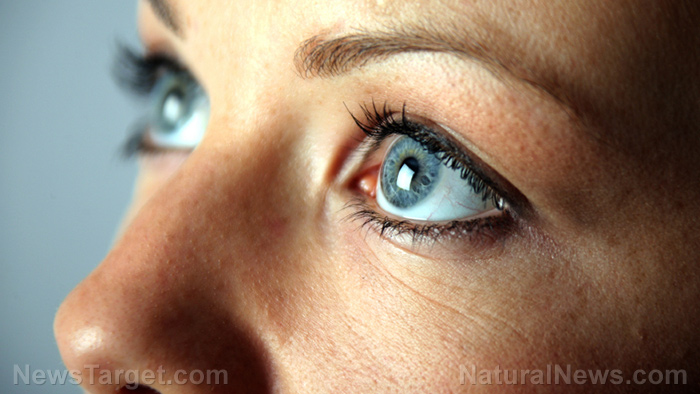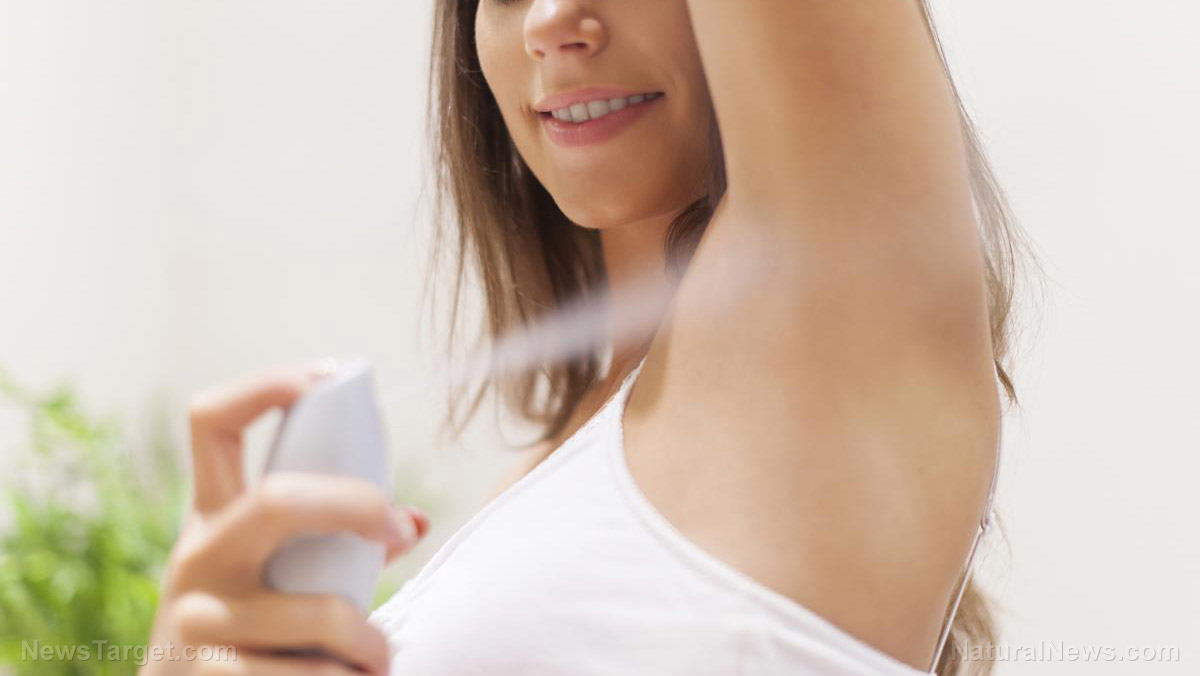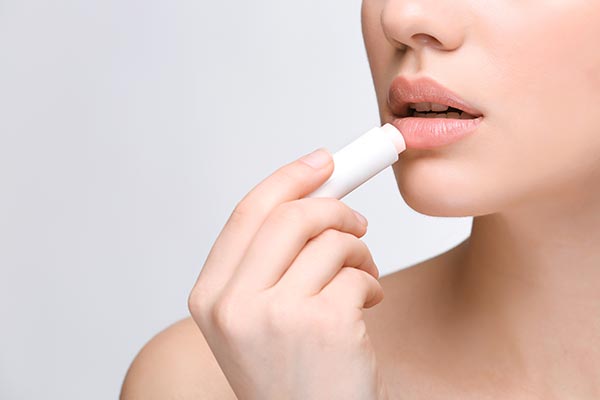Holistic 20-minute daily eye care routine emerges as shield against glaucoma, cataracts and digital strain
06/23/2025 / By Willow Tohi

- A tailored 20-minute eye care routine combines traditional practices and modern science to combat glaucoma, cataracts and digital eye strain.
- Eight exercises, including acupressure and palming, are designed to improve blood flow, reduce intraocular pressure and relieve fatigue.
- The 20-20-20 rule and proper device use guidelines complement the routine to mitigate screen-related harm.
- Regular optometrist visits remain critical for preventive care alongside home exercises.
- Gentle yet consistent practice maximizes benefits without causing pressure-related injury.
As prolonged screen time fuels a global rise in eye strain and chronic conditions like glaucoma and cataracts, a holistic 20-minute daily eye care routine is gaining traction as a proactive defense. Combining time-tested techniques from practitioners like Dr. William Bates, who pioneered palming in the early 20th century, with acupressure traditions from Traditional Chinese Medicine (TCM), the protocol addresses both modern and age-old eye health challenges. Designed for at-home use, the routine — culminating in eight targeted exercises — aims to balance muscle relaxation, blood circulation and nerve stimulation, offering a tangible response to vision threats exacerbated by technology.
Historical and scientific foundations of holistic eye care
At the heart of the routine lies Dr. William Bates’ palming technique, developed over a century ago to combat tension-induced vision issues. This method, emphasizing deep relaxation, aligns with emerging evidence that eye strain stems not just from external stressors but also from internal states like anxiety. Meanwhile, TCM’s acupressure focuses on meridian pathways, particularly around the eyes, to enhance qi (energy) and blood flow. For instance, the Gallbladder 20 (GB20) acupoint, massaged to relieve dryness and pressure, reflects ancient anatomical knowledge of blood vessel pathways. Modern studies support these practices: stimulating GB20, located at the base of the skull, improves vertebral artery circulation, which nourishes ocular nerve tissues.
The fusion of these traditions with contemporary research underscores the routine’s versatility. Exercises such as monocular focus training target the ciliary muscles, the same structures responding to digital screens’ constant focus shifts. “This mix approaches eye care systematically,” explained Dr. Mei Lin, an integrative optometrist in Shanghai, “bridging herbal remedies like bilberry with targeted movements that replicate the dynamic nature of sight.”
The 8-step protocol: Exercises explained
The routine begins with stimulating GB20 to reduce blood pressure obstruction and progresses to techniques tailored to specific needs:
- Scalp combing: Enhances Du meridian energy flow, promoting alertness and stimulation of Bladder and Gallbladder meridians.
- Monocular focus: Strengthens ciliary muscles to combat myopia, using small text to mimic the eye’s natural contraction-expansion cycle.
- Eye rotations (closed): Relaxes the six extrinsic eye muscles post-screen use, easing stiffness from fixed postures.
- Eye squeeze and release: Lubricates dry eyes by activating tear glands, critical for glaucoma patients managing intraocular pressure.
- Socket acupressure: The “Eye Bagua” zone’s stimulation aids detoxification and circulation, reducing deep orbital tension.
Key additional steps:
- 5-Acupoint massage: Targets points like Chengqi (Stomach 1) to boost local blood flow and Jingming (BL1), a primary TCM point for vision clarity. Guidelines stress gentle pressure — no more than needed to touch bone — preventing nerve irritation.
- Palming: Concludes the routine by enveloping eyes in warmth to induce deep relaxation, with darker visual fields signaling optimal rest.
Each exercise is structured to transition from activating (e.g., acupressure) to restorative practices (palming), ensuring both physical and mental rejuvenation.
Adapting ancient techniques to digital demands
The routine’s efficacy in the modern era hinges on pairing these exercises with the 20-20-20 rule, a digital-age guideline to reduce screen harm. Every 20 minutes of device use, gazes are redirected to objects 20 feet away for 20 seconds — a practice Dr. Lin likens to “micro-rehabilitation” for eye muscles. Combined with the routine, it prevents muscle fatigue and blurred vision.
A recent study in JAMA Ophthalmology noted that 86% of participants who integrated screen breaks with the acupressure protocol reported reduced headaches and improved focus within two weeks. Meanwhile, TCM’s emphasis on position and breath — such as back support during palming — reflects today’s ergonomic priorities.
Expert consensus: Routine and professional care are complementary
While the routine offers daily relief, its architects caution against overlooking clinical intervention. “This is preventive care, not a substitute for exams,” states optometrist Richard Hsu. Glaucoma, for example, progresses silently, making annual optometrist visits imperative despite home exercises. The routine’s design acknowledges this: patients with severe issues, like macular degeneration, are advised three daily sessions (1 hour total), reinforcing the idea of habit as both companion to and extension of professional care.
Empowering proactive vision health in a high-tech world
In an era where screen time extends beyond work into schools and social life, the 20-minute routine represents a pragmatic, accessible safeguard. By merging centuries-old practices with evidence-based techniques, this method offers more than symptom relief — it fosters resilience against conditions once seen as inevitable with aging. As digital integration deepens, such protocols become not just beneficial, but necessary. As Dr. Lin summarizes: “Eyes aren’t machines. They need rhythm, rest and routine — and now, we have science to orchestrate that care.”
Sources for this article include:
Submit a correction >>
Tagged Under:
alternative medicine, cataracts, Chinese medicine, Du meridian, eye exercises, eye health, glaucoma, health science, holistic eye care, natural cures, natural health, natural medicine, Naturopathy, prevention, remedies
This article may contain statements that reflect the opinion of the author





















